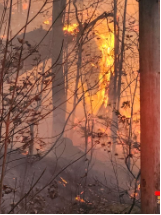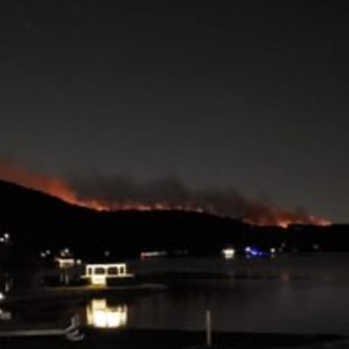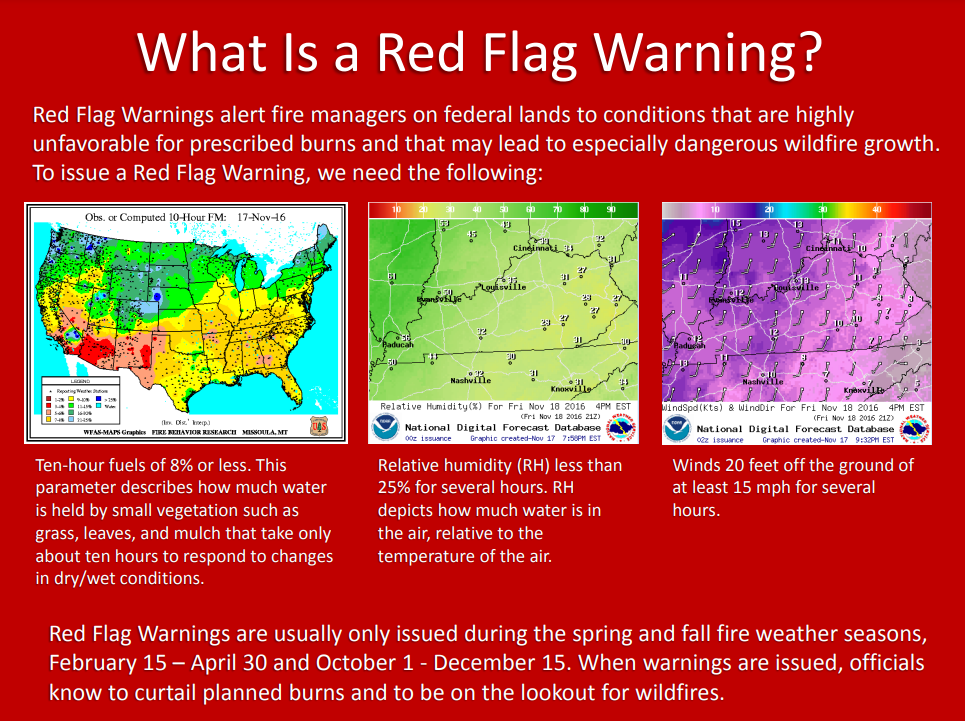With wildfires raging and causing devastation and loss of life throughout California, it is important that New Jerseyans do not forget the wildfires that ravished the northeast in the fall of 2024.
While some fires burned for hours, others, like the Jennings Creek Wildfire, burned for days.
On November 7, 2024, the Jennings Creek Wildfire started on the border of New Jersey (in West Milford) and New York State. The wildfire grew to nearly 5,000 acres of pure grass and woodland. Fire departments, many made of volunteers, rapidly cruised over to the area to destroy the fires that are destroying the forestland and threatening communities. Unfortunately, one young forest ranger from New York, Dariel Vasquez, lost his life in the battle. After a fierce battle with firefighters, a dowsing rain, and heavy snow, the fire was finally extinguished on November 23, 2024.
Questions were raised on why New Jersey’s wildfire season was so severe this fall. However, between the severe drought, dry condition, and high winds, similar to what California is currently experiencing, the answer is very clear.
Drought and Dry Conditions

(Courtesy of Ms. Spoelstra)
According to NJ.com, New Jersey’s drought started in early October and lasted through the end of November. The reservoirs were so low in water that by the beginning of November, NJ was considering declaring a state-wide drought. With the lack of rain, dry conditions, and flammable litter and materials left in wooded areas, the area was prime for wild and brush fires to easily start. California, for example, is most famous for having the most wildfires due to the region’s dense and dry areas. While in New Jersey it’s not as dry here, it is very dense. So, when the extreme drought hit the area, the potential for a wildfire/bushfire became very high.
According to a news release from the New Jersey Department of Environmental Protection, DEP Commissioner Shawn LaToureete said, “Climate change is driving our record low precipitation and above-average temperature recorded statewide in September and October.” The news release also stated the dry spell has led to an over 1000% increase in wildfire activity across the state since the beginning of October.
Red Flag Warning

(Courtesy of Ms. Spoelstra)
At the start of November, the National Weather Service (NWS) issued Red Flag Warnings throughout northern New Jersey. According to the NWS, a red flag warning means the conditions are prime for the spread of fires. This includes the effects of a drought in dry vegetation, low humidity, and sustained winds of at least 15 mph.
During the month of November, New Jersey was experiencing wind gusts of 35 miles per hour. Although wind alone does not account for a heightened threat of wildfires, it did contribute to fast spread and hardship of containment.
The Combined Efforts of the NJ/NY’s FD
New Jersey’ New York States fire department’s both have a great mutual aid relationship. The fire took the departments, many who were volunteers, until November 28 to fully knock it down. Without their dedication and combined efforts, many residential areas would have been affected by these fires.









